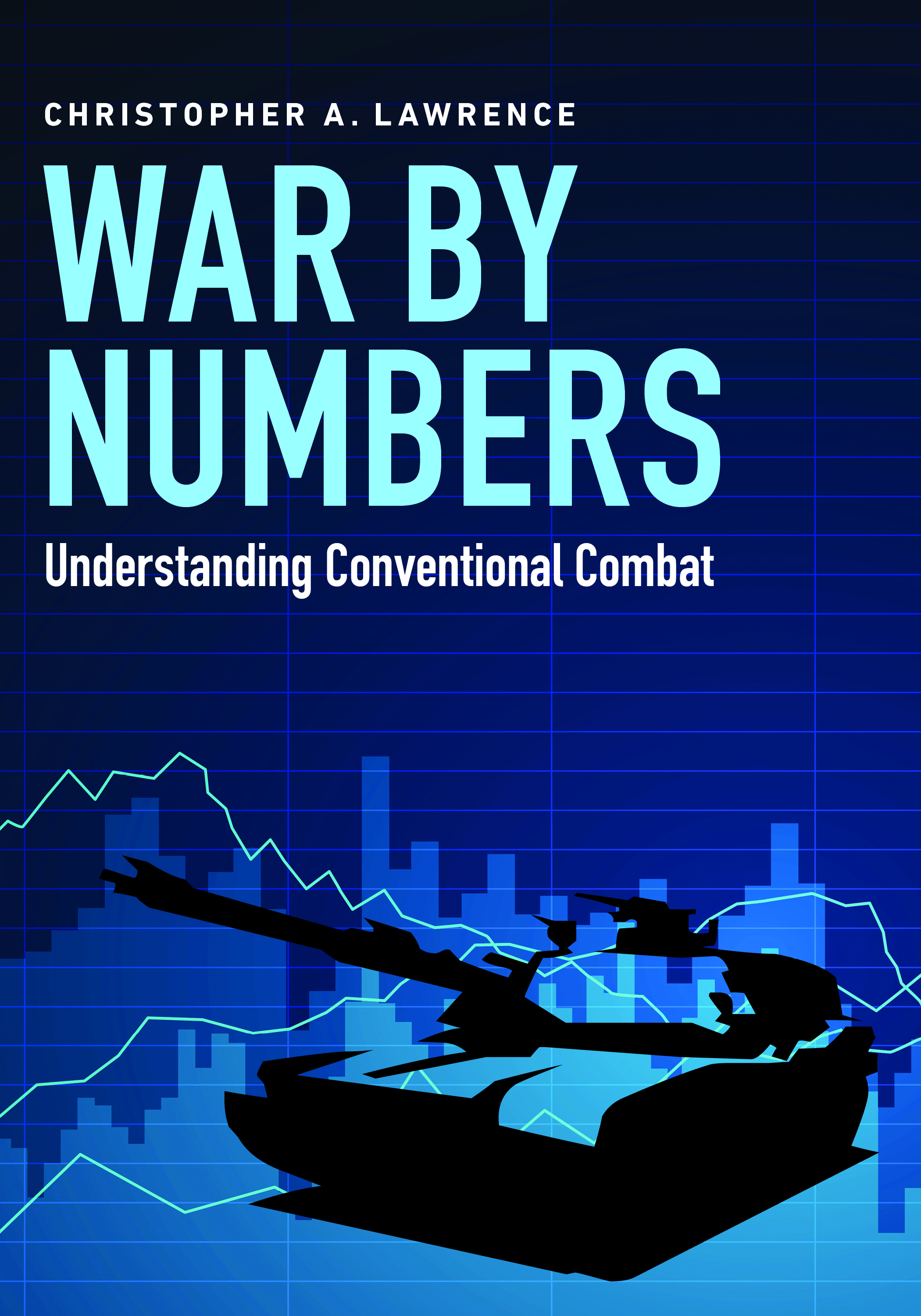Well, I managed to turn Dr. Spagat’s last lecture into three blog posts. Probably could do that for most of them. There is a lot in them. Moving onto the fourteenth lecture from Professor Michael Spagat’s Economics of Warfare course that he gives at Royal Holloway University. It is posted on his blog Wars, Numbers and Human Losses at: https://mikespagat.wordpress.com/
This lecture focuses on the impact of foreign aid on a conflict and starts with a study by Nunn and Qian (link to it is on slide 1). It is another cross-national study (by the way, I love cross-national studies). As always, Dr. Spagat’s asides are loaded with meaning. In this case, on slide 2 he again mentions the problem of reverse causation, where the subject you are trying to measure (the dependent variable) is in fact, probably influencing the so-called independent variable. In effect, you are trying to establish cause-and-effect when there is also a flow the other way (the effect is affecting the cause).
Moving through to slide 14 is the rather counterintuitive conclusion of the study done by Nunn and Qian which is that “US food aid seems to contribute to prolonging conflicts but not to starting new ones.” Not sure what to make of that.
He then shifts to a study that focuses just on the Philippines using an approach called the “regression discontinuity approach” (which is something I have never played with). What gets my attention is that the paper’s author’s (Crost, Felter and Johnston) set up a way to do a side-by-side experiment looking at different municipalities that received aid vice ones that did not. As Dr. Spagat notes on slide 16: “Once again, the idea is to create a situation that resembles a controlled experiment.”
This “controlled experiment” or “side-by-side approach” was the basis of our three urban warfare studies done for the Center for Army Analysis and our situational awareness study that we did for OSD Net Assessment. In the first we looked at engagement results in urban areas vice non-urban areas; and in the situational awareness study we compared engagement results for situations where they knew a lot about their enemy compared to those where they did not. Both of these studies are discussed in some depth in my upcoming book War by Numbers, which I still think will be released this August.

The discussion after that gets a little dense, but the conclusion presented on slide 26 is that also that “…aid leads to conflict.” and “…that insurgents work specifically to prevent aid flowing so that they can prevent local governments from winning over its citizens by providing them with good services.” Interesting. We really have not done any comparable work on this.
Starting on slide 27, he looks are an analytical paper examining the issue rape during Civil War. Again, this is not something we have examined, but the paper is available through a link on slide 27 and discussed by Dr. Spagat in slides 27-34.
Anyhow, I could have easily broken this discussion into three or even four blog posts….but did not this time. Probably more useful than reading my blog post is to actually read Dr. Spagat’s lecture. The link to the lecture is here: http://personal.rhul.ac.uk/uhte/014/Economics%20of%20Warfare/Lecture%2014.pdf
